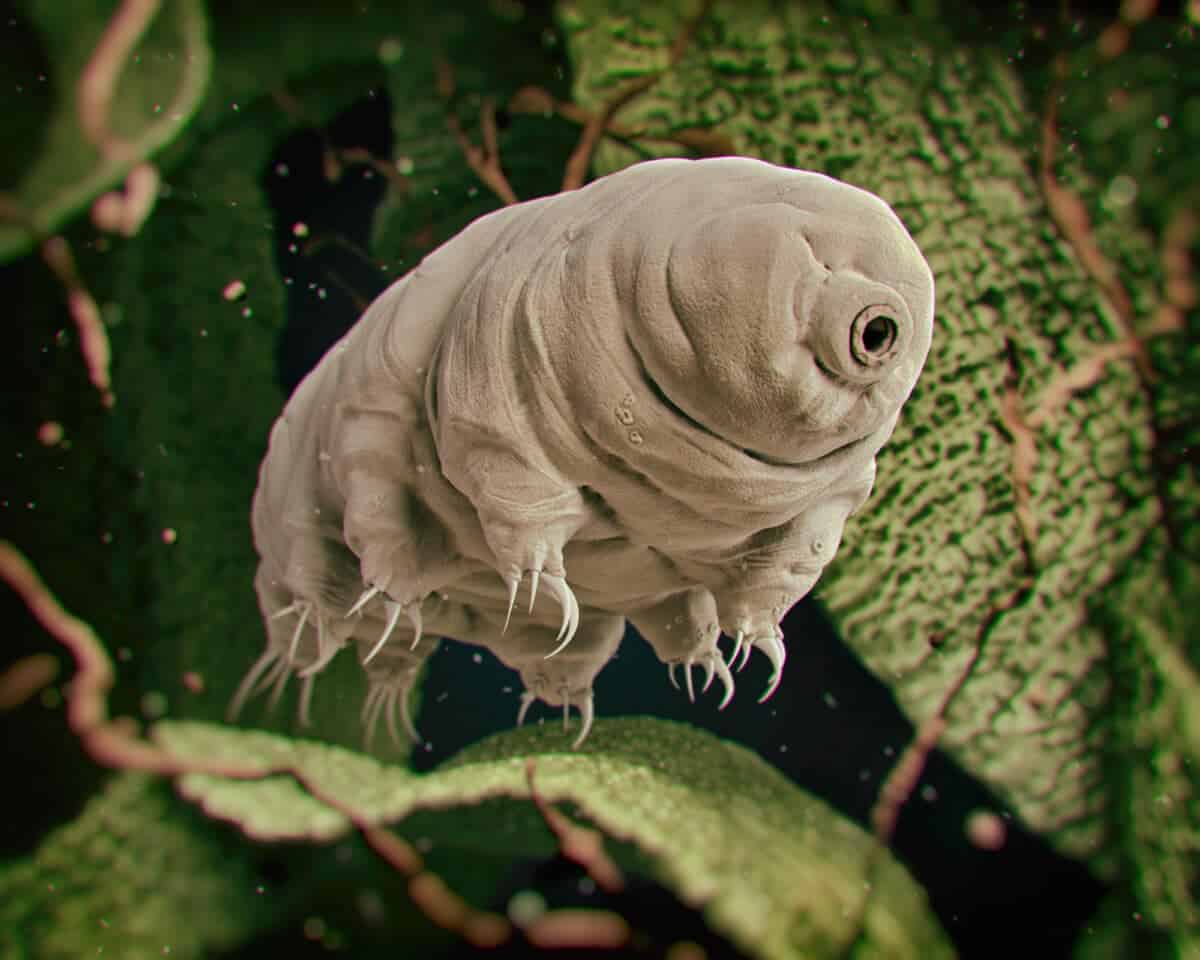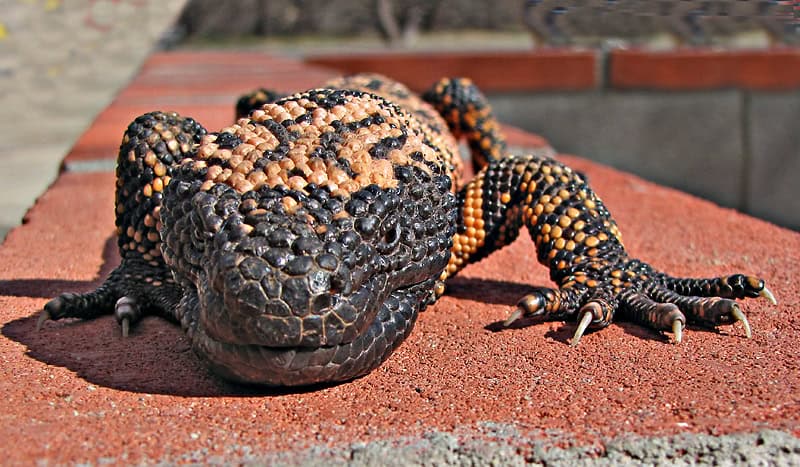Imagine a world where a drop of water is a rare luxury, where the sun scorches the land and rivers vanish for months. Yet against all odds, some animals not only survive but thrive in these harsh conditions. Their bodies tell stories of extraordinary adaptation and survival—tales that defy our ideas about what life needs most. Here are 13 remarkable animals that truly can live without water in ways that seem almost magical. Are you ready to meet nature’s ultimate survivors?
13 Kangaroo Rat

The kangaroo rat is a tiny rodent found in the deserts of North America, and it is an absolute legend when it comes to surviving without water. Unlike most animals, kangaroo rats can go their entire lives without ever drinking a single drop. Their secret lies in their diet and their amazing kidneys. They eat dry seeds, and their bodies are so efficient that they can turn the food they eat into enough water to survive. In fact, they lose so little moisture when they breathe or urinate that they make the most of every single molecule. These little creatures are masters at staying cool, too—they spend their days in cool underground burrows, only coming out at night when the desert air is less brutal. It’s hard to believe, but the kangaroo rat is proof that water isn’t always essential for survival.
12 Sand Gazelle

The sand gazelle, also known as the rhim gazelle, roams some of the driest deserts in Africa and the Middle East. These graceful animals have evolved to need almost no water at all. They get most of their moisture from the plants they eat, such as leaves and shoots, which already contain a bit of water. When faced with extreme drought, sand gazelles can actually shrink their own livers and hearts to reduce the amount of water they need. This remarkable ability allows them to outlast dry spells that would kill many other animals. They rarely sweat and can survive for months at a time without ever drinking from a water source. The sand gazelle’s natural elegance hides an incredible toughness that lets it survive where few others can.
11 Thorny Devil

The thorny devil, a small lizard found in the Australian Outback, looks fierce—and its survival skills are just as sharp as its spiky skin. This reptile is a master of “drinking” without actually sipping water. Its body is covered with grooves that channel tiny droplets of dew or rain straight to its mouth. Even more impressive, it can absorb moisture from wet sand or even from its own skin when humidity is high. Thorny devils eat ants, which give them some water, but it’s their ability to collect almost invisible amounts of water from their environment that lets them survive in places where rain is a rare event. Despite the harshness of their home, thorny devils are a symbol of resilience, thriving where few other creatures dare to live.
10 Desert Tortoise

The desert tortoise is a slow-moving marvel of the American Southwest. Living in some of the hottest and driest places on Earth, these tortoises have an extraordinary way of dealing with water scarcity. They spend most of their lives underground, escaping the heat and conserving precious moisture. When the rare rain does fall, they drink large amounts and store it in their bladders for months, using it slowly as needed. Their tough shells help them retain water, and their diet of dry grasses and wildflowers gives them just enough hydration to get by. Even when water is nowhere to be found, the desert tortoise carries on, an ancient symbol of patience and endurance.
9 Addax Antelope

The addax antelope, also called the white antelope, lives in the harsh Sahara Desert, where water is virtually nonexistent. These antelopes are brilliantly adapted to their environment—they get all the moisture they need from the sparse desert plants they eat. By feeding at dawn and dusk, when plants have more moisture, the addax maximizes its water intake. Their bodies are designed to minimize sweating and water loss, and their light-colored coats reflect sunlight to stay cool. Addax antelopes can sometimes go an entire year without directly drinking water, relying solely on their food to provide hydration. Once abundant, they are now critically endangered, but their survival skills are nothing short of astonishing.
8 Namib Desert Beetle

The Namib Desert beetle is a tiny insect with a big secret: it “harvests” water from thin air. Living in one of the driest places on Earth, this beetle has evolved a shell covered in bumps that trap morning fog. As the fog condenses, water droplets roll straight into the beetle’s mouth. It’s a little like having a built-in water collector! This clever adaptation means the beetle never has to find a pond or stream—it simply waits for the right weather. The Namib Desert beetle is a reminder that even the smallest creatures can teach us the most about resilience and innovation.
7 Fennec Fox

With its oversized ears and playful eyes, the fennec fox might look adorable, but it’s also one of the world’s toughest desert survivors. Native to the Sahara, the fennec fox rarely drinks water, getting almost everything it needs from eating insects, small rodents, and fruit. Its kidneys are highly efficient, allowing it to conserve water and produce very concentrated urine. The fox’s thick fur helps protect it from both heat and cold, and its large ears radiate heat to keep its body cool. The fennec fox is a true desert spirit—nimble, resourceful, and endlessly adaptable to life without water.
6 Australian Water-Holding Frog

The Australian water-holding frog is a master of patience and survival. When the Outback dries up, this frog buries itself underground and creates a waterproof cocoon out of its own skin. There, it can sleep for months, even years, without drinking or eating, living off water stored in its body. When the rains finally return, the frog emerges, ready to breed and feast. This incredible adaptation means the Australian water-holding frog can wait out the worst droughts, surviving where almost nothing else can. Its story is one of hope—proving that sometimes, the best strategy is simply to wait.
5 Camels

When most people think of animals that can live without water, camels are probably the first to come to mind. Known as the “ships of the desert,” camels have humps that store fat—not water—but their bodies can turn that fat into water and energy as needed. Camels can survive for weeks without drinking, even in blazing heat. They are able to lose up to 25% of their body weight in water without suffering, something that would be deadly for most animals. When water finally becomes available, camels can drink up to 40 gallons in one go. These adaptations make camels the ultimate symbol of endurance, carrying people and goods across deserts for thousands of years.
4 Jerboa

The jerboa is a tiny, hopping rodent found in Asian and African deserts. Much like the kangaroo rat, jerboas have evolved to live without ever drinking water. Their kidneys are so efficient that they can survive on the moisture found in seeds and plants. Jerboas are nocturnal, coming out only at night to avoid the fierce desert sun. Their long legs help them move quickly across the sand, searching for food while escaping predators. Despite their small size, jerboas are incredible survivors, proving that even the littlest creatures can conquer the harshest environments.
3 Gila Monster

The gila monster is one of the only venomous lizards in the world and a champion at surviving without water. Native to the deserts of the southwestern United States and Mexico, gila monsters spend much of their time underground, where it’s cooler and more humid. They can go months without drinking, relying on the water stored in their fat tails. The gila monster’s slow metabolism means it doesn’t need to eat or drink very often. When it does find food, it feasts and stores the excess as fat. This tough reptile is a living fossil, showing us how life can flourish even when water is almost impossible to find.
2 Oryx

The oryx is a powerful antelope with straight, impressive horns, and it’s perfectly built for desert life. Oryx can survive in searing heat and go for weeks without water. They are able to raise their body temperature to avoid sweating, which helps them keep precious moisture in. Oryx get most of their water from the wild grasses and roots they eat. When times are especially tough, they can dig for water-rich tubers hidden underground. Oryx are so skilled at surviving without water that they’ve become icons of the African desert, admired for their beauty and endurance.
1 Tardigrade

Tardigrades, often called “water bears,” are microscopic animals that might just be the toughest life forms on Earth. These tiny creatures can survive in the vacuum of space, in boiling heat, and in freezing cold. When faced with extreme dehydration, tardigrades curl into a dry ball called a “tun” and shut down almost all their bodily functions. In this state, they can survive for decades without water, only reviving when they’re rehydrated. Their resilience is almost unbelievable—a true testament to the power of adaptation. Tardigrades are living proof that life can survive in the most impossible conditions.
Conclusion

The world is filled with astonishing creatures that have mastered the art of surviving without water. From the mighty camel to the microscopic tardigrade, these animals show us that life’s possibilities are far greater than we might ever imagine. Their incredible adaptations reveal the powerful drive to survive, reminding us of nature’s endless creativity. Which of these incredible animals surprised you the most?
- 15 Strongest Animals by Body Size - August 19, 2025
- 6 Ways Bald Eagles Defend Their Territory And 3 That Fail - August 19, 2025
- 11 Dog Behaviors That Annoy Even the Most Patient Owners - August 19, 2025

